
When it comes to Ronald Ventura, it can be easy to reduce him to a set of numbers: HK$8,420,000 (P47,152,000) for his painting “Grayground” at Sotheby’s Hong Kong in 2011, then the most ever paid for a contemporary Southeast Asian work, a record only to be broken a decade later in 2021, when his “Party Animals” fetched HK$19,450,000 (P123,293,550) at Christie’s Hong Kong this time. This figure remains the high-water mark for a painting by a contemporary Filipino artist.
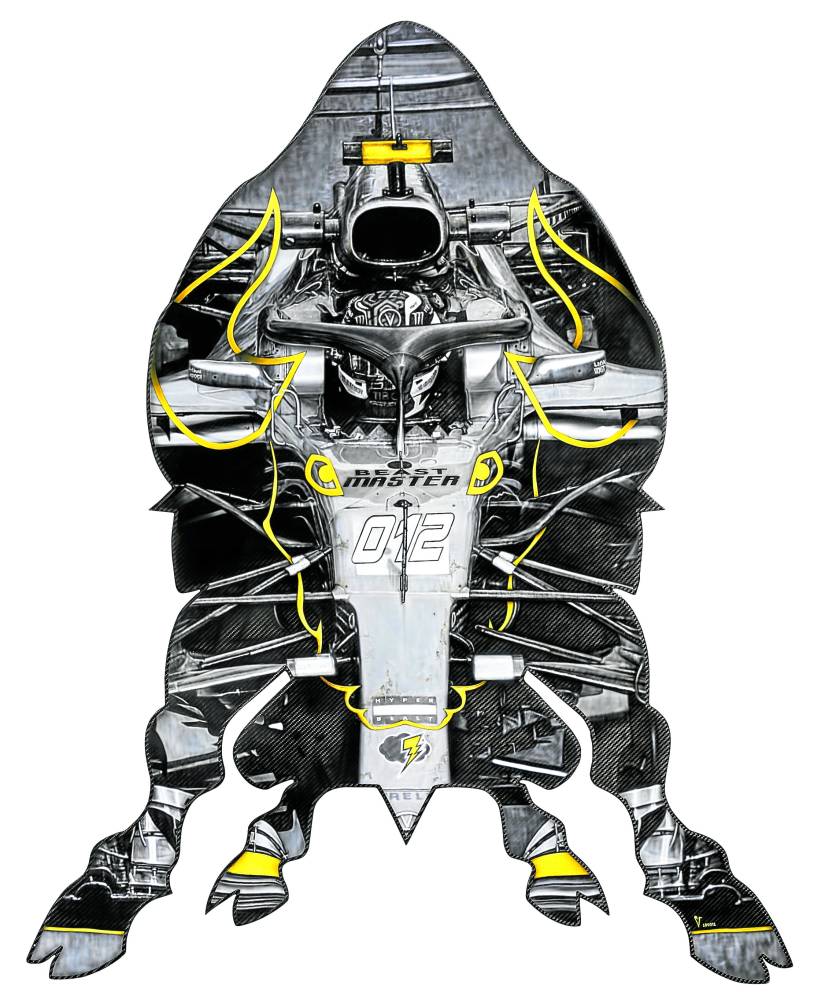
Yet these numbers only tell part of the phenomenal reception that the 49-year-old Ventura has received in the Philippines and abroad, not only making his new work the most desirable for collectors, but also essentially marking him the avatar of modern Philippine art.
For Ventura, the figures sometimes obscure what he’s been trying to do. “Of course, you’re thankful for the recognition,” he tells Lifestyle in a mix of English and Filipino. “That’s really the process of my art for context. It just got hyped too much, and that became the basis for being important. You get called ‘too commercial,’ but sales like that have advantages and disadvantages. The auction results get attached to you, and they forget where I started. They feel like I skyrocketed, but they forget my record as a practicing artist, that I put in the work.”
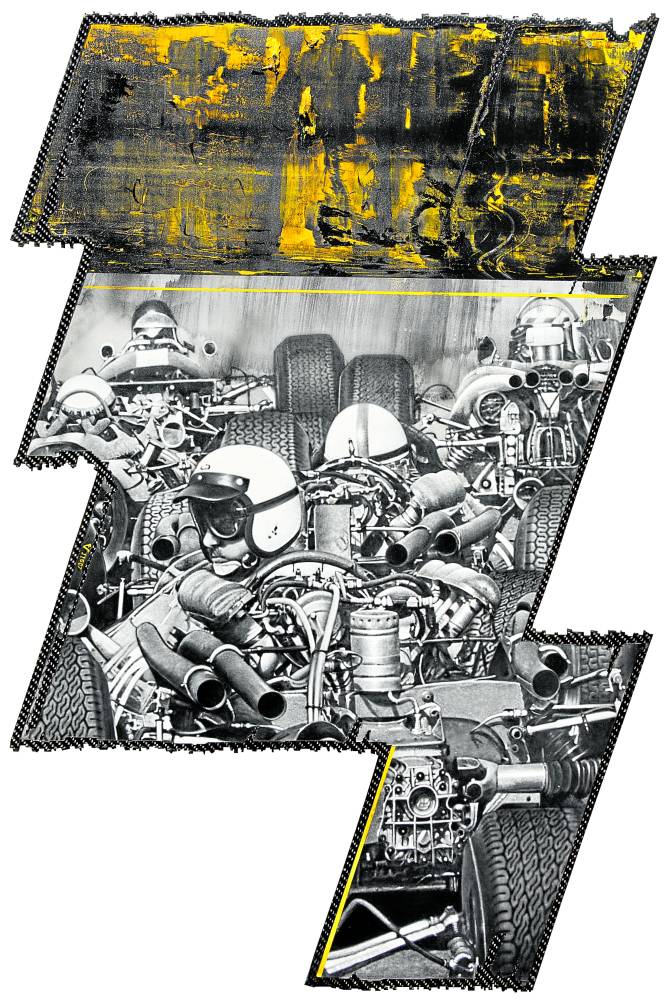
Ventura was born in 1973 in Malabon and studied fine arts at the University of Santo Tomas, winning the Ateneo Art Awards in 2005, an achievement he says really helped him because it came with a residency in Sydney and he was able to see the amazing art on view in the city.
As for the work, he did shows tirelessly. His first solo local exhibits were in 2000. He would hold shows in the United States, Japan and Spain and had already developed quite an audience for his paintings and sculptures even before the astronomical prices of his auction victories in Hong Kong.
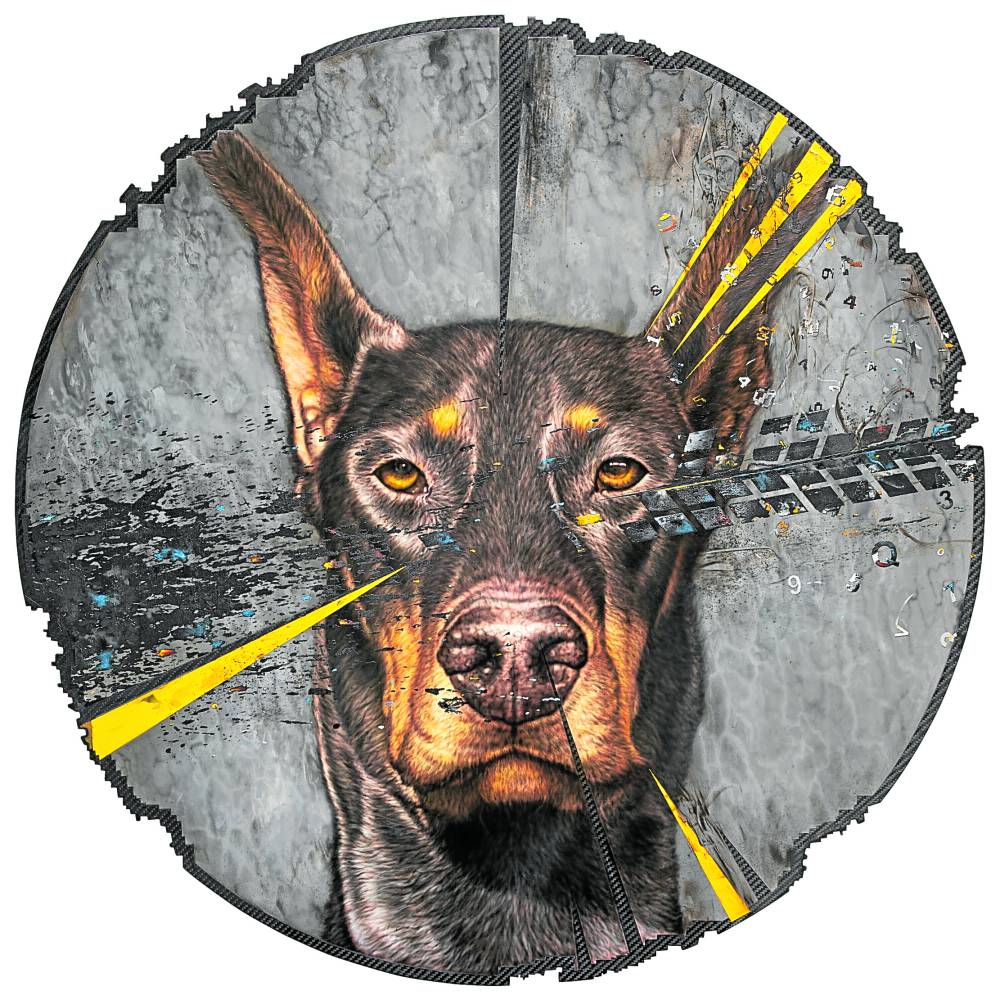
He is known for his “layering” style, where he layers elements one on top of each other until he is satisfied. His work has been called everything from “hyper-realistic” to “pop” because of the diversity of symbols he uses.
Ventura admits he’s really not the sociable type, does not like attending gallery openings like other artists, and spent the lockdown working in his Quezon City. “To be honest, my life during the lockdown was really like my regular life.”
Ventura will hold his first postlockdown solo exhibit, “Beastmaster,” at the main gallery of Salcedo Auctions starting on Oct. 25.
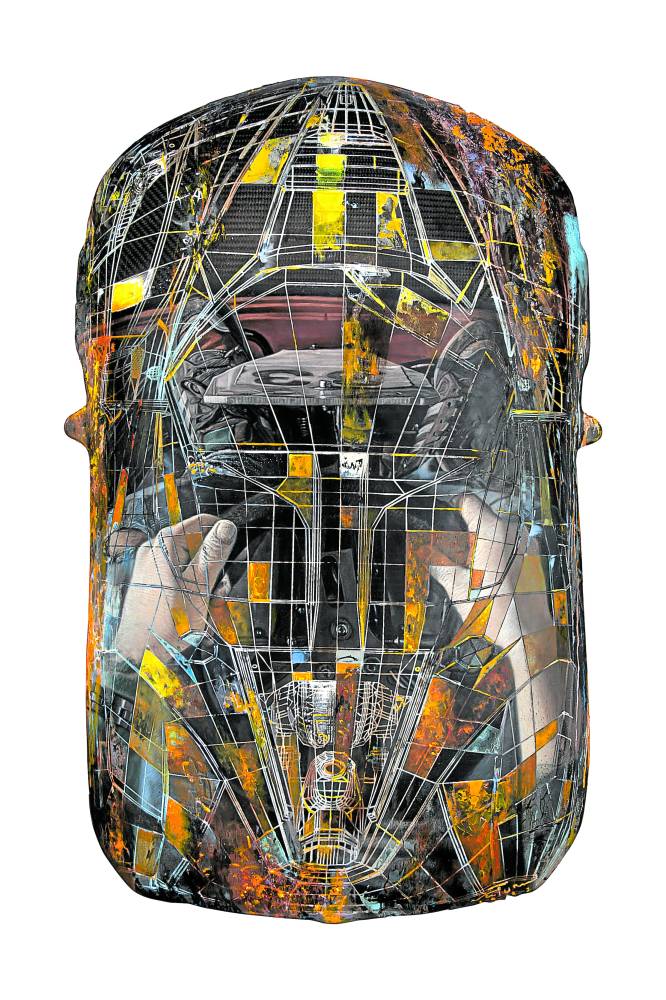
Lifestyle interviewed Ventura via Viber. Here are excerpts:
Do you mind that when people think of modern Philippine art, they think, “Ronald Ventura”?
It’s okay because it gives inspiration to other Filipinos who are trying to introduce themselves to the international scene, and they have someone to look at. If I could do it, any Pinoy can do it, too.
Can you tell us more about “Beastmaster”?
Actually, “Beastmaster” sounds like the title of a 1980s movie. I think that movie is supposed to be set in medieval times. But, of course, it was only the title that stuck with me.
I used it in my works because of the cars, the mobility, the attachment of joy during the pandemic. There were times when most of the roads were empty and the streets were closed. So, during that time they first released the traffic, that’s when the supercars came out because they had been avoiding the traffic, and that’s when people realized, “There are cars like these in the Philippines.”
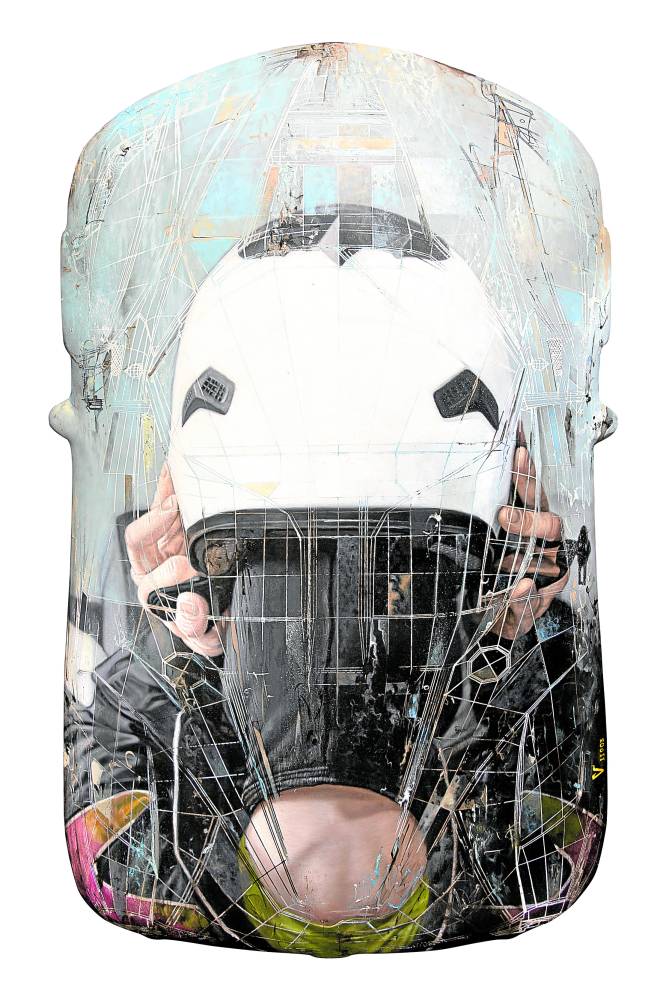
During that time, I also had a fascination for car art, so I designed some car hoods and decals. As a result, you enjoyed the speed, the inspiration of the cars. For me, common objects can be inspirations, not just cars but shoes and fashion, it just so happened I got focused on cars. I was able to engage my art-making with cars.
The distinction of the traditional and modern materials got blurred. Like, for instance, for the Salcedo show, I used some of the carbon fiber used for sports cars to make them faster because it’s the lightest and a durable material. I use that carbon fiber as a canvas and I use also some polyurethane paint that’s used for cars, and then I mixed it with my usual initial preparation for canvas.
One of your favorites, Bart, is here in the show.

He’s back, yes, but in some carbon fiber this time. So, there’s some new materials. The original is just resin and fiberglass; now it’s carbon fiber so you can see it on the screen of the sculptures. He’s been upgraded.
So, how did the layering come about as a technique?
I started with layering when I was working on my introduction to computer graphics and using Photoshop during the early 2000s. Like when you use Photoshop, there’s a lot of layers that you can make. When you think about the cultural aspects of being Pinoy, we make sapin-sapin, it’s a layering of the sweet rice cake.
So, the layering for me gives the exact dimension and the perspective of the whole. Sometimes, I change a lot of those dimensions or perspective. Like, for instance, some big elements or big characters. Sometimes it alters the depth of field, like I focused on the back …

I play with those dimensions, and it creates a narrative between the past and contemporary times, like some paintings or compositions that you saw, buried in classical paintings or a classical scenario. Then I mix it with some layers from different eras, and of course, including what’s happening now or what’s new today.
So, art for me is to narrate a story from your memory or your experience and create a bridge between the past and now.
I understand you work on multiple paintings at the same time, but that for individual paintings, you will just keep layering and take as long as required until you feel it is ready. Is this correct?
Sometimes. Because, for example, I start most of the works, like some large ones a few years back, and then return them to my studio after a year, and then work on them and then return to my studio again. So, most of the works were completed probably when there was an exhibition coming up like this, like Salcedo and The Met exhibitions.
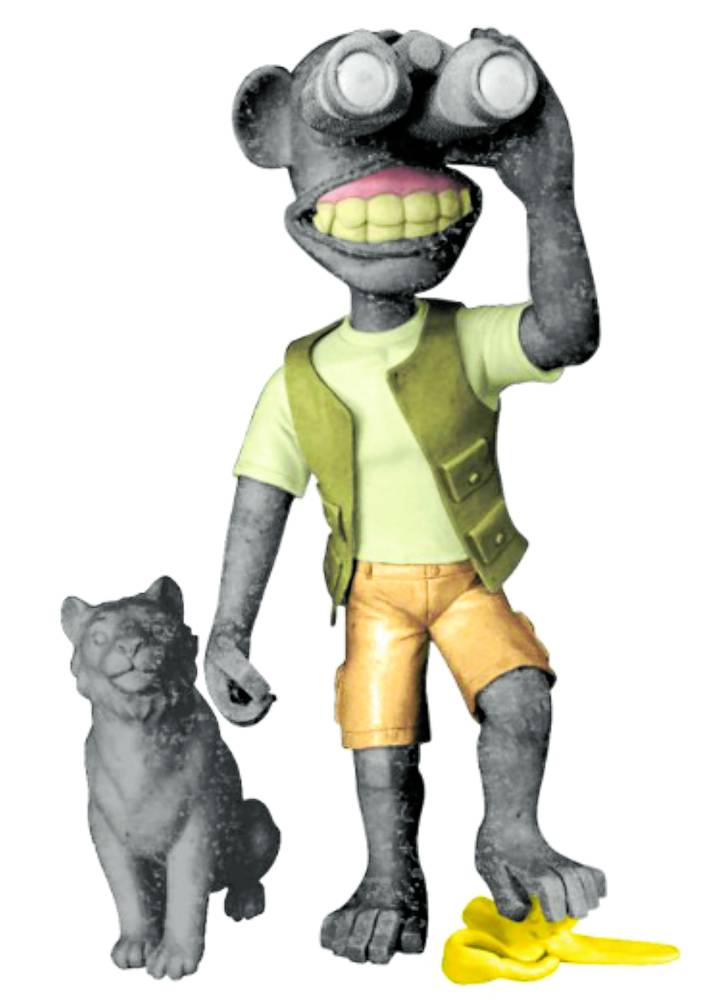
There’s one that I started five years ago, but there are a lot of challenges, confronting your old self. So that’s why there are new layers. It gets edited. It gets covered up. New colors are added. Things change, and I have to adapt to these changes. Sometimes you don’t finish it. Sometime you aren’t successful. It only gets completed when you get it out and exhibit it.
In 2015 or 2016, I kept collecting and painting things that were red. But then, I got tired of it … This set of colors is new in the color spectrum.
There are a lot of cars in “Beastmaster.” Why is that?
Because cars have such character. When you look at them, they’re like sculptures. Like the Lamborghini Aventador, it looks like cubism. Others are focused on aerodynamics. There are small ones that are comfortable. There are ones that are fast and are fierce but not comfortable.
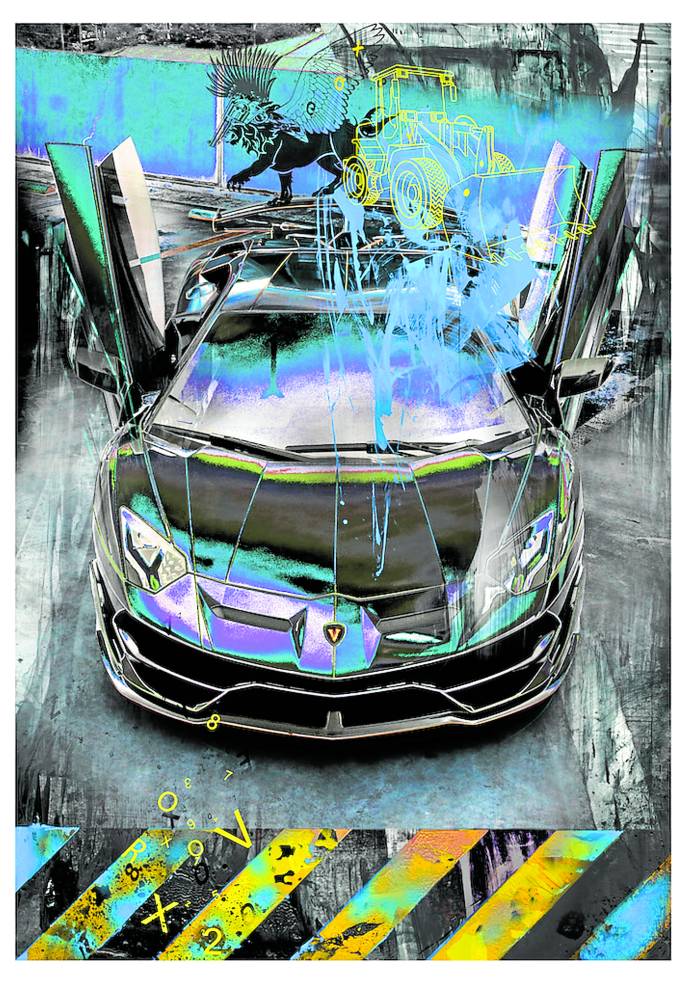
What do you want people to take with them after viewing “Beastmaster”?
I wish their perception of art and the process of art-making isn’t limited to traditional processes and techniques. They can use any material they like or what the concept needs. That they can see the possibilities of exploring other subjects. If you look around, painting is always landscapes, political, etc., but it can be something inspiring, something fun, something for encouragement. It’s a new way to process your art.

What’s next for you after this? What will you be exploring?
Probably something more ambitious. Something large-scale and also out of the square-shaped canvases, like the car hoods and curves. As long as they’re not rectangular. It’s like your eyes blur when you look at it and you have to imagine what it looks like.
So finally, when you’re about to start a new project, what goes through your head exactly? What is Ronald Ventura thinking?
Nothing, different things, because I’m into printmaking, drawing, sculpting. So once I get interested in different projects, they can have relationships…It’s the object itself that tells me what it wants to be.
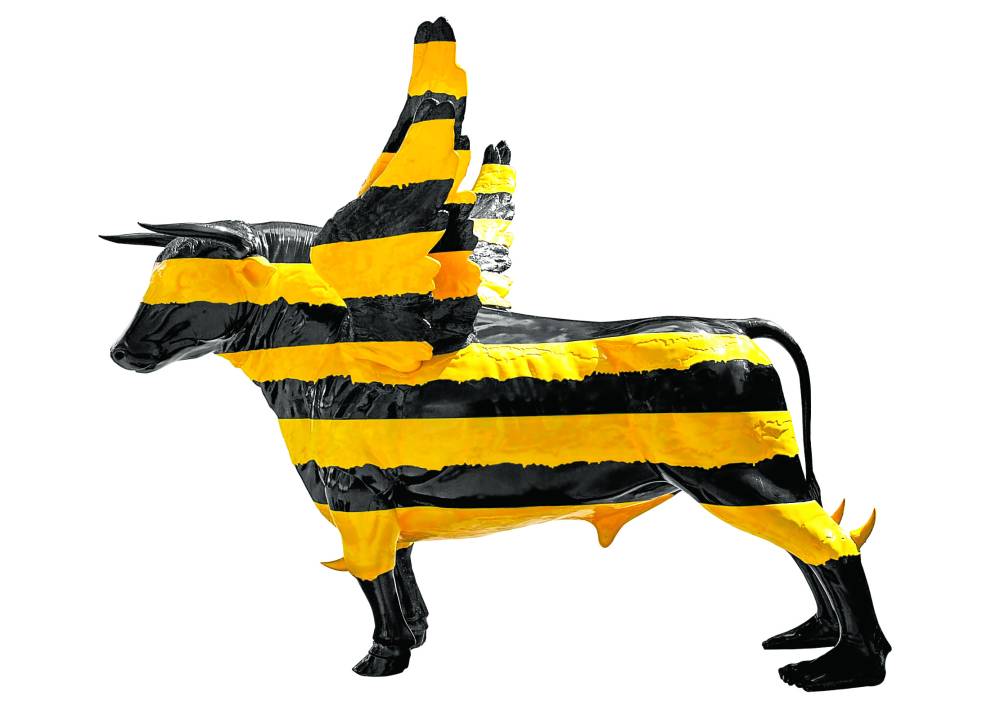
“Beastmaster” runs Oct. 25-Nov. 9 at the main gallery of Salcedo Auctions, NEX Tower, 6786 Ayala Avenue, Makati City; visit salcedoauctons.com; email [email protected]; tel. no. 8823-0956 or (+63917) 591-2191; follow @salcedoauctions @gavelandblock on Instagram and Facebook.













































